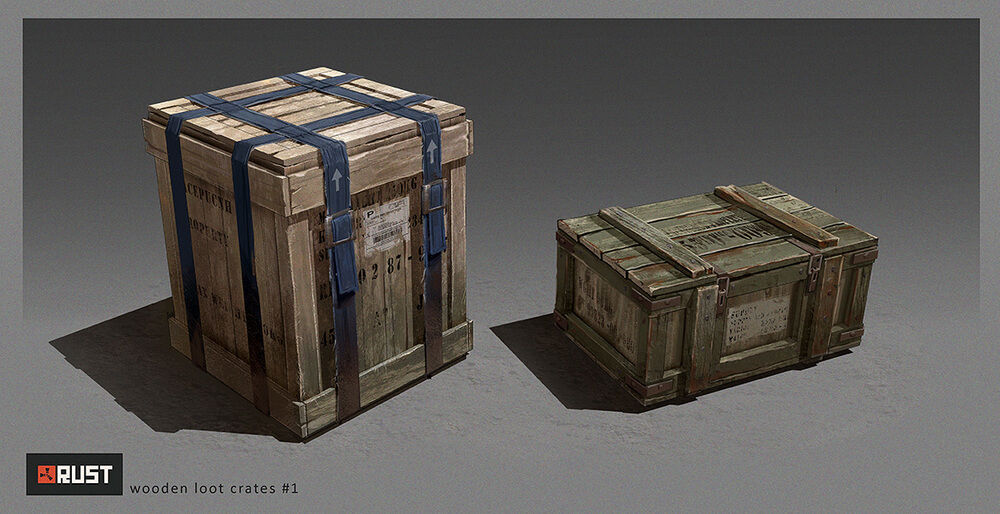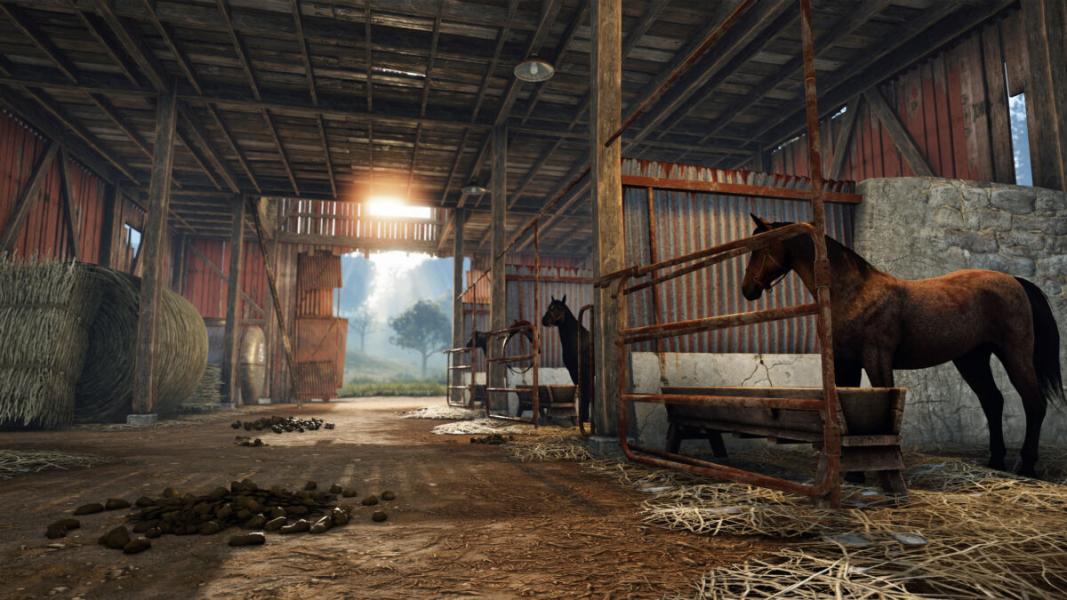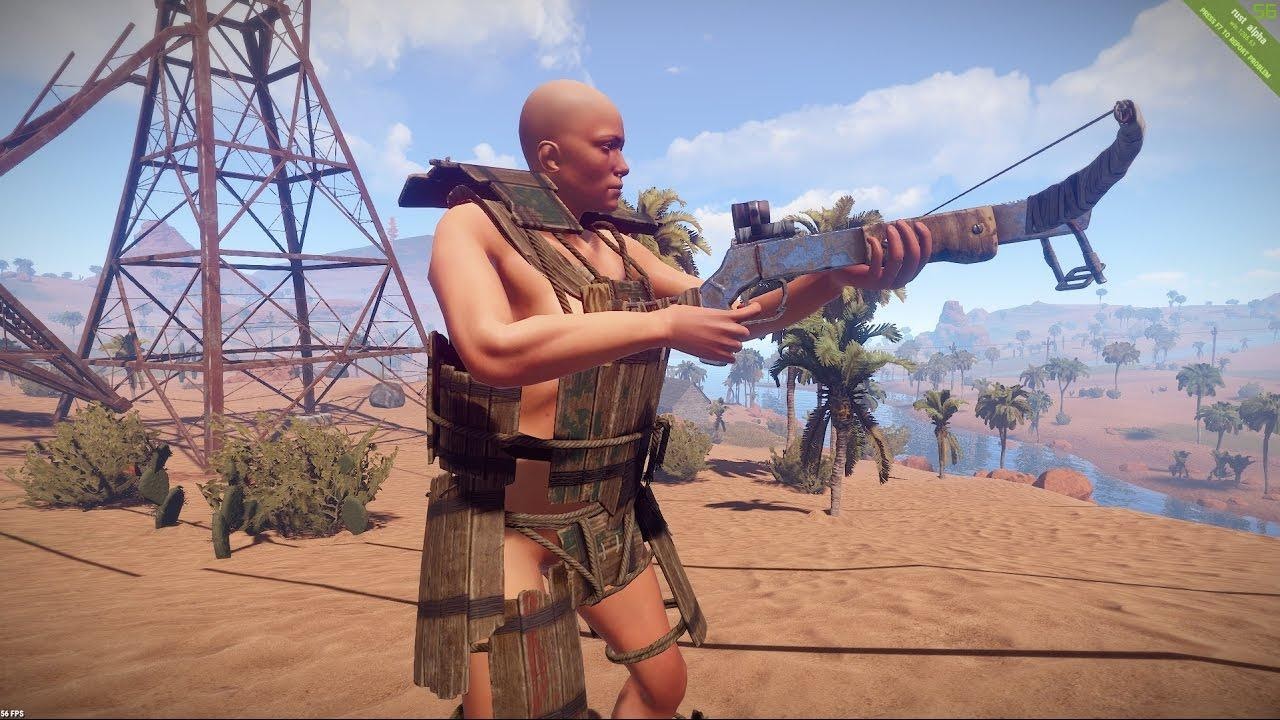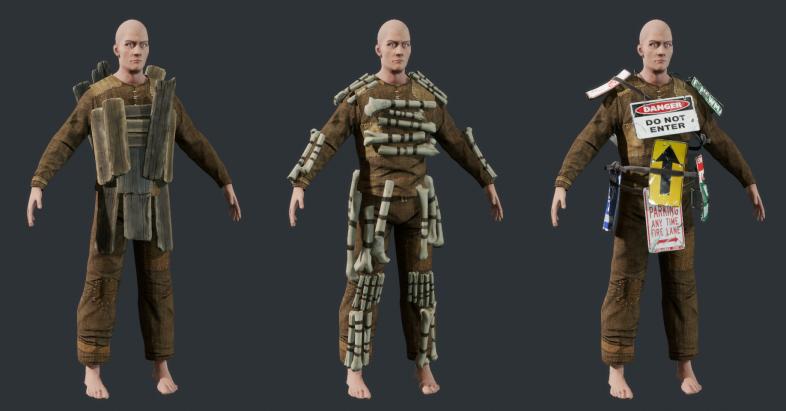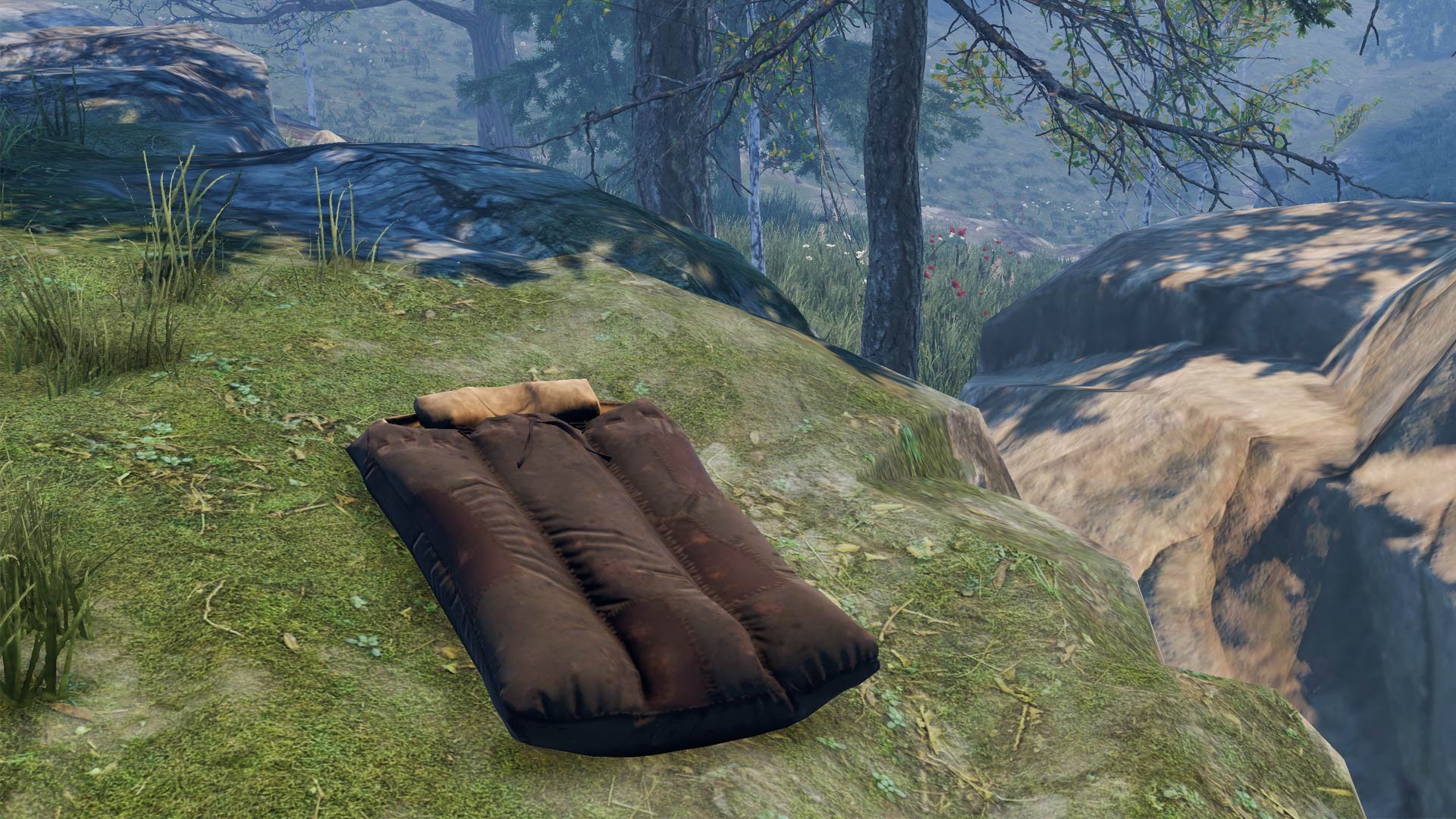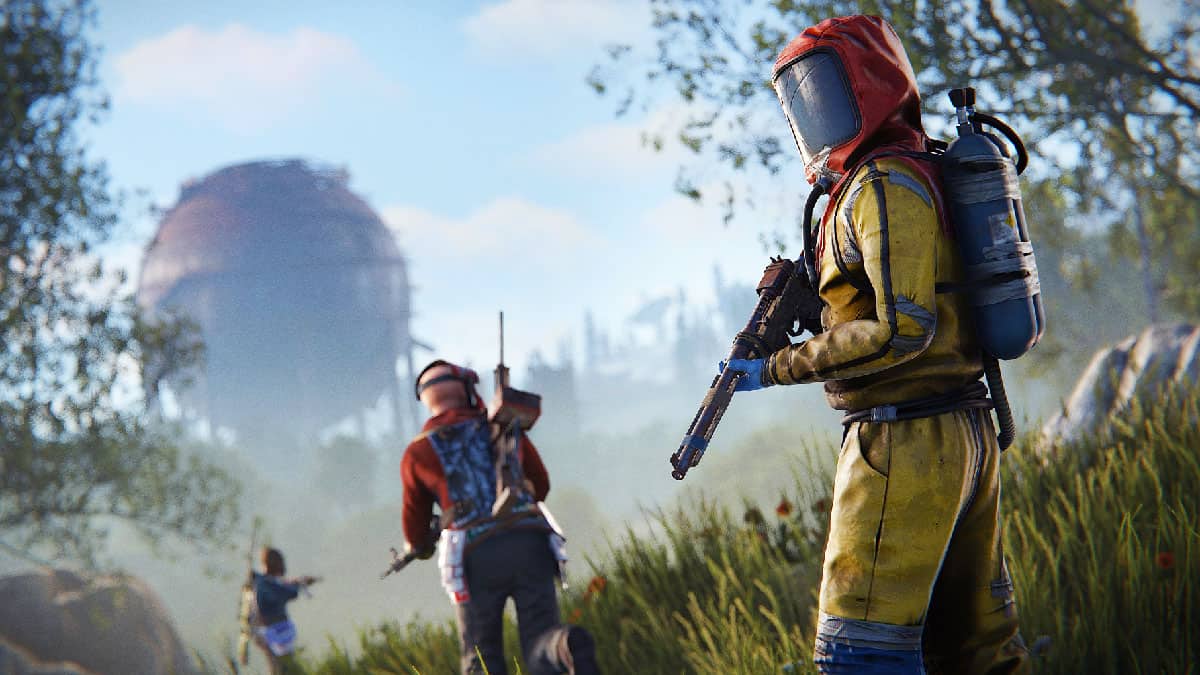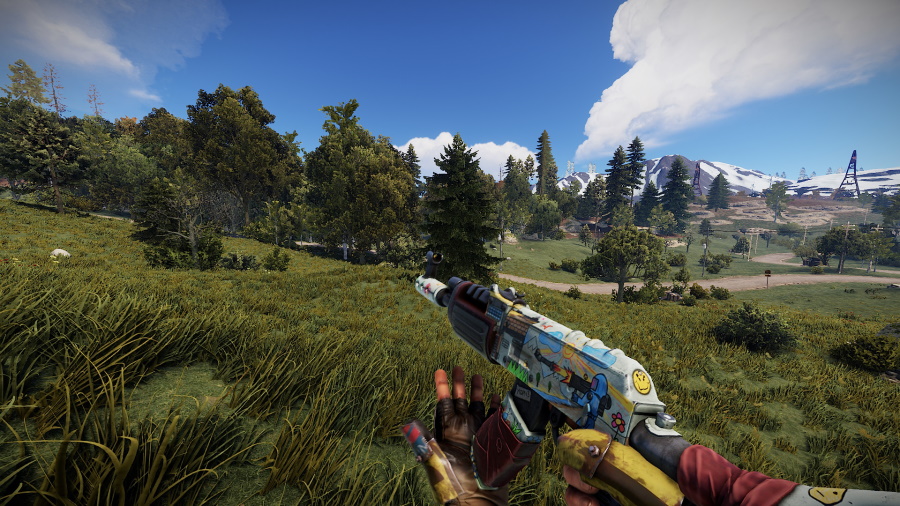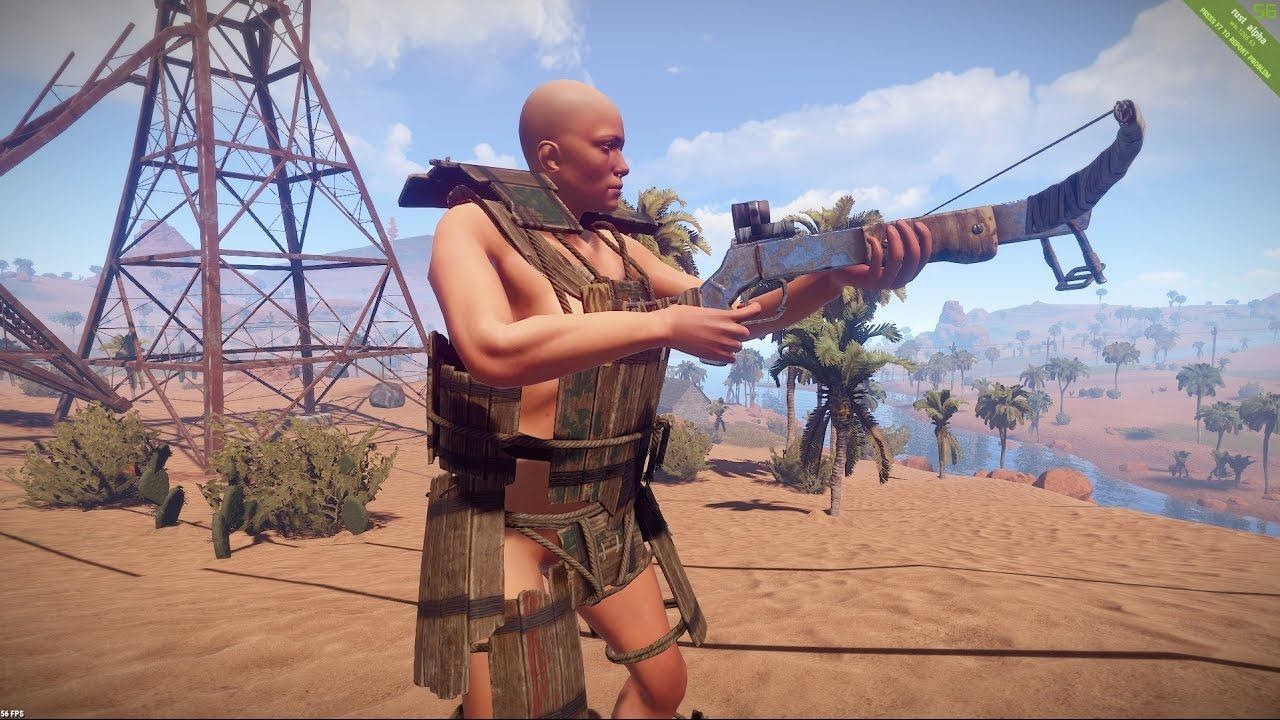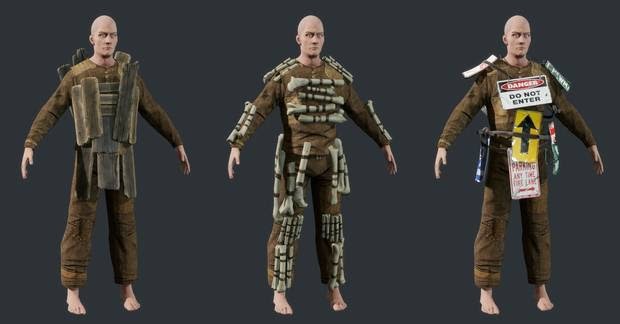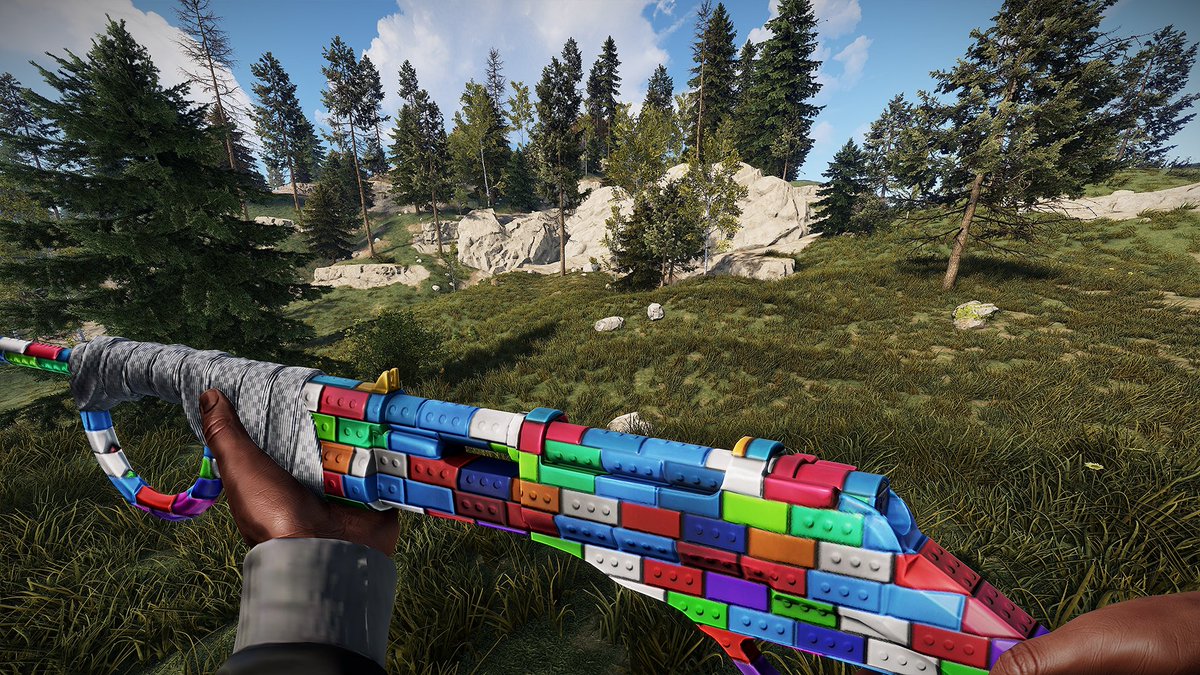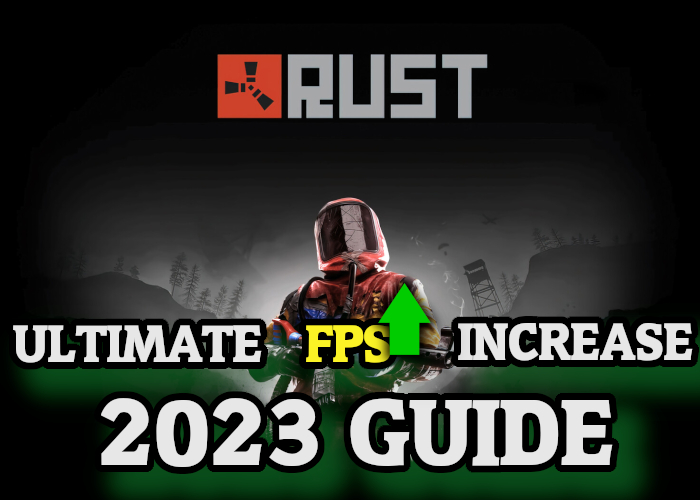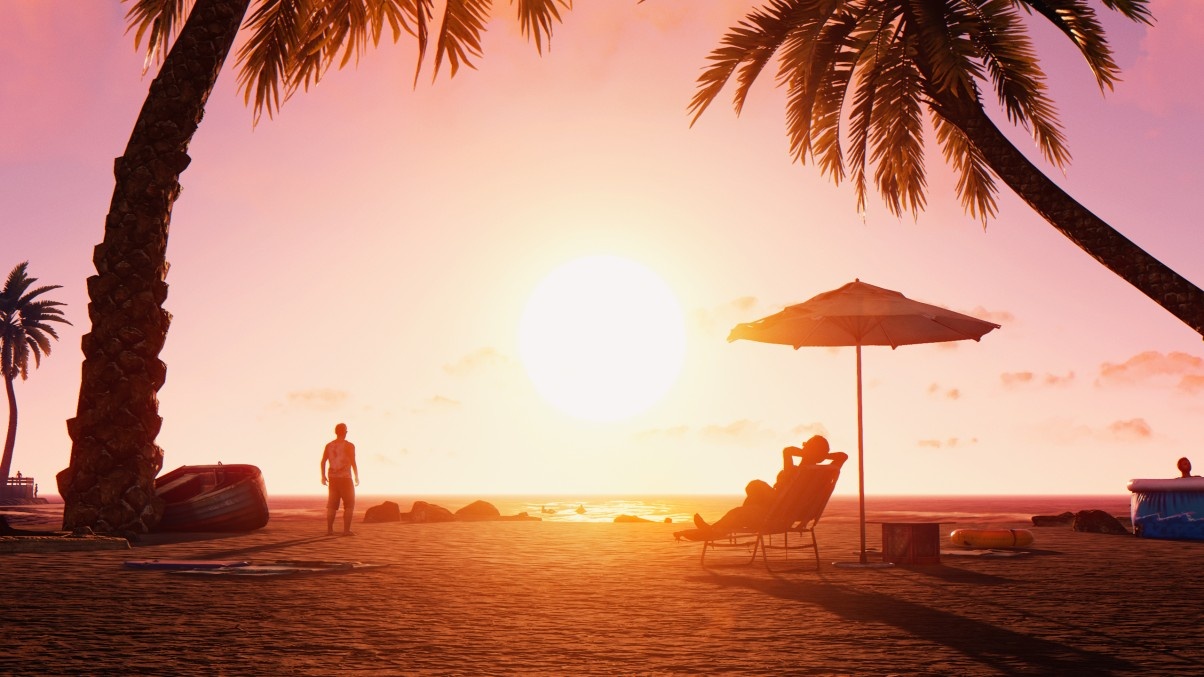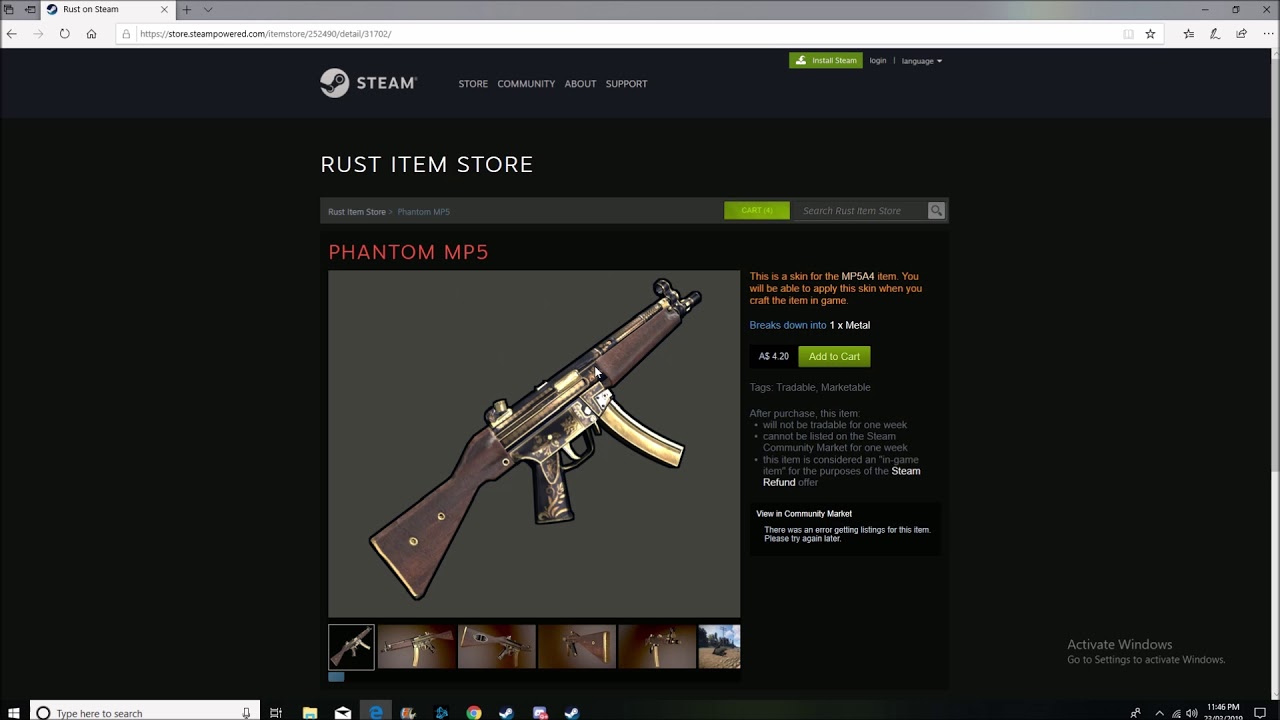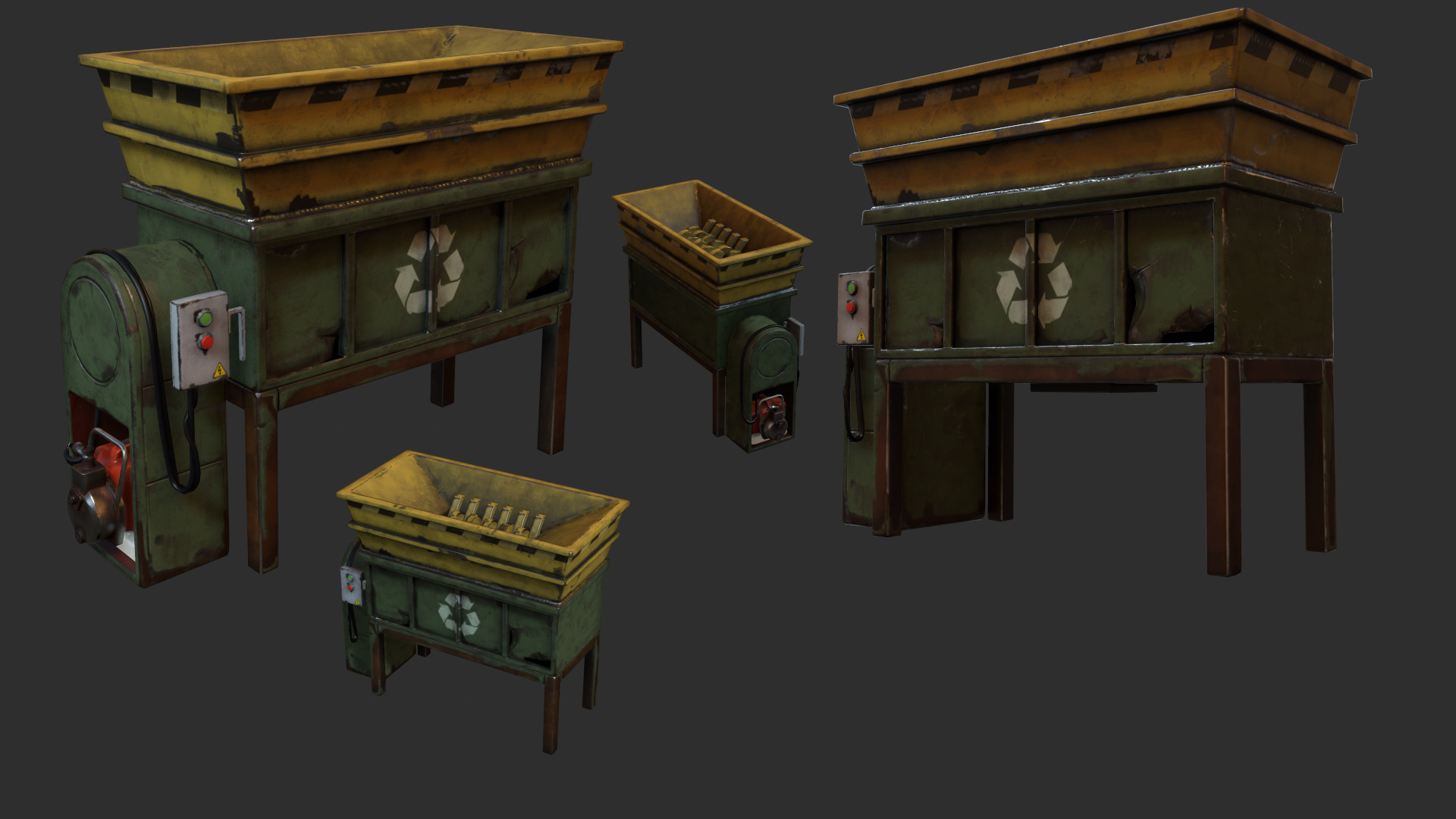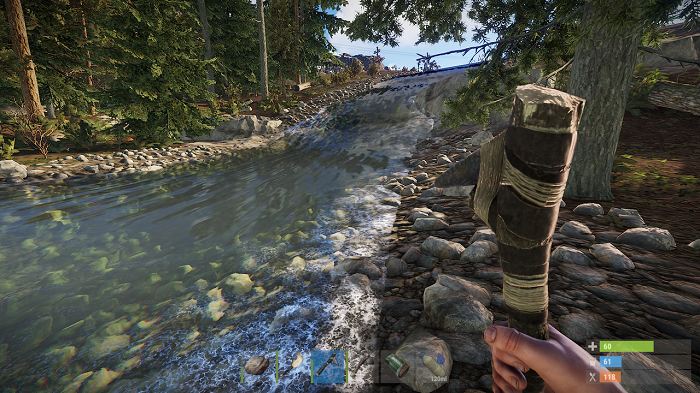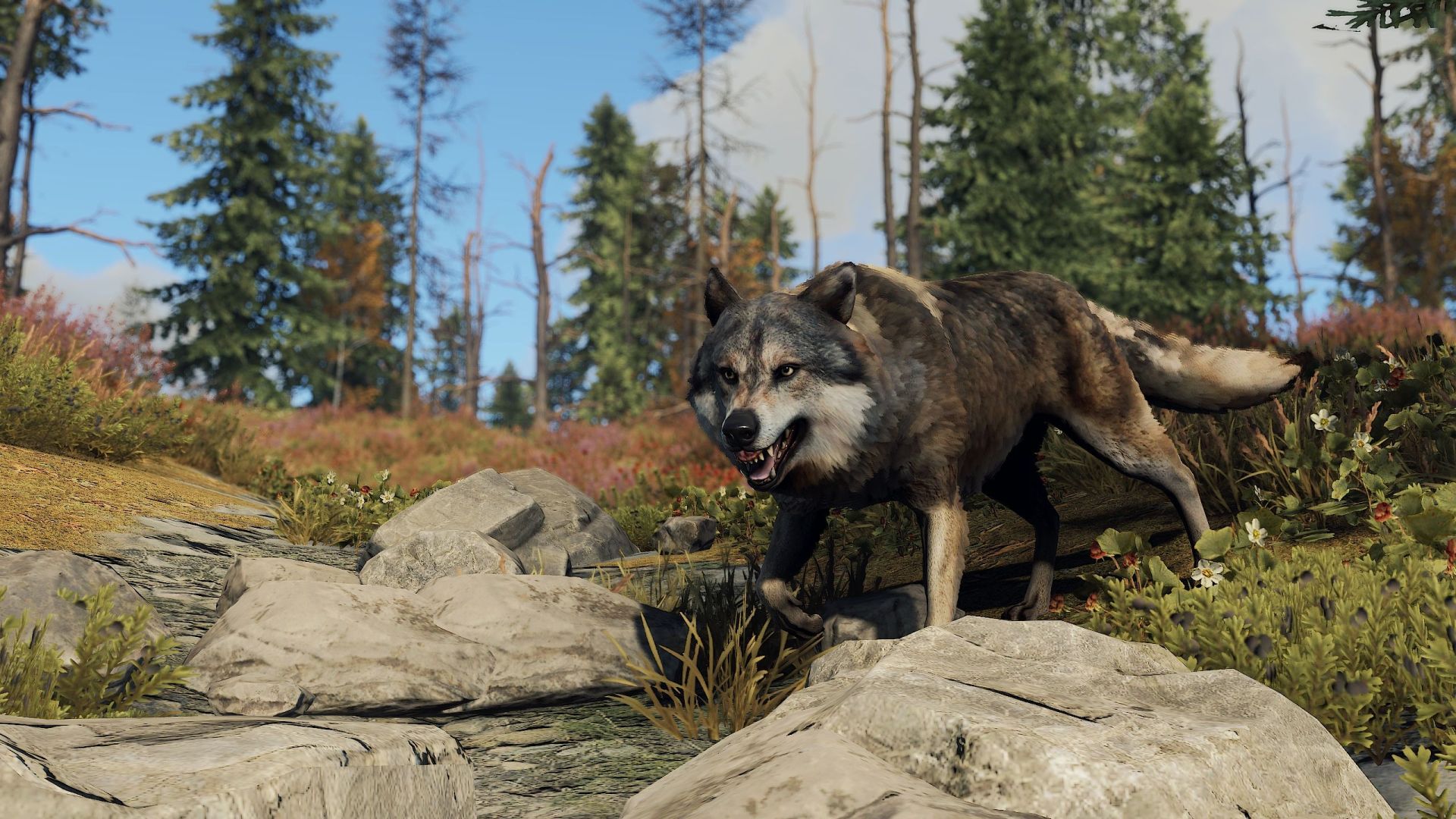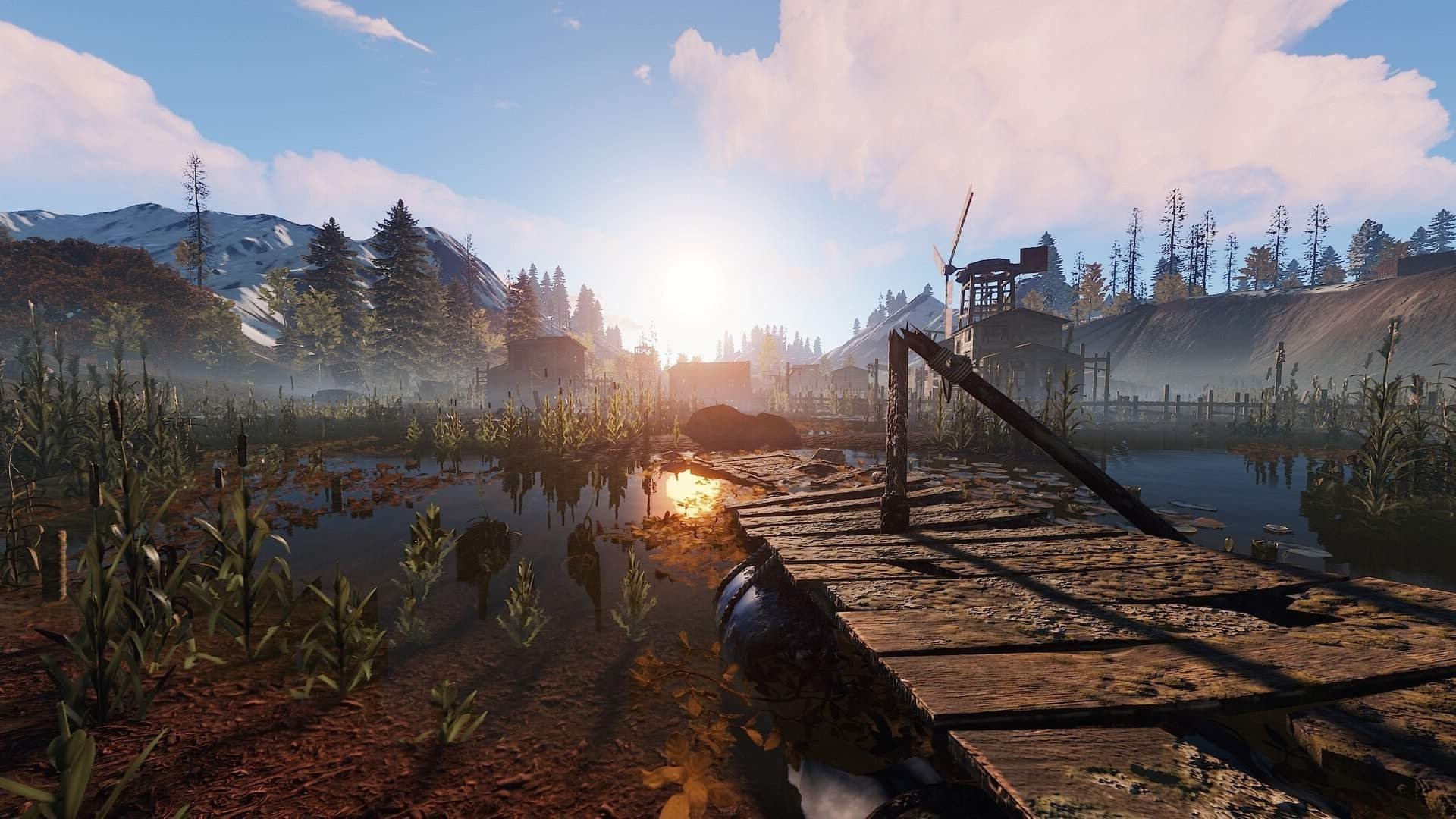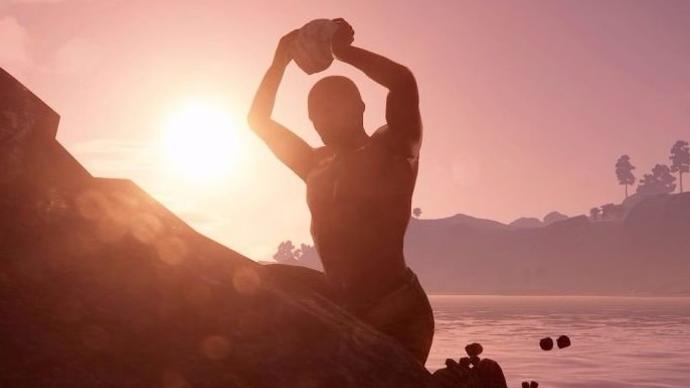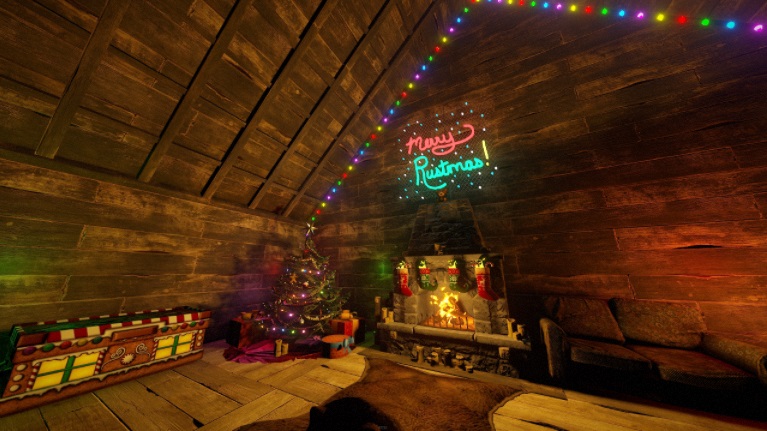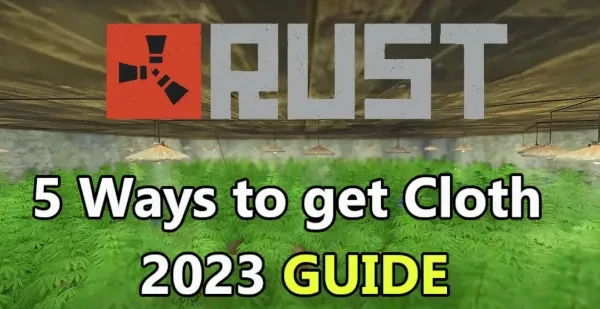
What is Cloth?
Cloth is a natural resource that can be gathered from skinning animals or from hemp fiber plants. Cloth can be used to make starter items such as Sleeping Bags, Bandages and basic Clothes. Additionally, it can also be used to make low grade fuel and C4.
While playing Rust you will want to be able to craft a lot of medical supplies. Cloth is used to make Bandages and Medical Syringes. Not only that, but Cloth is an essential early game resource. It will open up crafting recipes like the Hunting Bow and the Sleeping Bag which are crucial items in Rust when you are getting started.
While Cloth can be used to craft a lot of crucial items, it should also be noted that it can be traded at the bandit camp for Scrap. If you have a Cloth farm, it is safe to say you shouldn't worry about Scrap for the rest of the wipe.
5.Finding hemp fiber plants

Hemp Fiber plant growing naturally
Hemp fiber plants can spawn in forests and sometimes in the desert. When harvested, it will yield 10 Cloth and 1 hemp seed if the plant is fully ground. The yield of Cloth depends on how much the plant has matured.
In the early game, it will be pretty hard to come by these plants as they are sought after by many starting players just like yourself. For that reason, this method is ineffective at gathering a good amount of Cloth for a Sleeping Bag and a Hunting Bow.
If you are lucky, you could find enough Cloth to make yourself a Hunting Bow and move on to the next method on the list. Otherwise, you will be gathering Cloth very slowly.
The Details:
- Run through the forest in hopes of coming across some hemp fiber plants.
- Once you find a hemp fiber plant, use the action button (‘E’ by default) to gather Cloth.
4.Killing and skinning animals

Bear in a Forest
Rust has eight different animals in total that can be killed and skinned for Cloth. The bear and polar bear will reward you with 50 Cloth per carcass if you skin the animal with a Hatchet. The amount of Cloth varies depending on the type of tool that you use. Using tools that have a high yield for flesh gathering like a Hatchet and combat knife will yield the highest amount, while using less effective tools like a rock or bone club you will be looking at roughly half the Cloth. The wolf will drop 35 at full yield followed by the stag and the horse at 25.
Animals are a good source of Cloth while also providing meat, bones, leather and animal fat. They are straightforward to kill if you have something like a Hunting Bow and you keep your distance. After damaging the animal enough it will begin to run away, you should chase it and finish the kill as this means they are very low on health. If an animal is chasing you, place a twig foundation and stand on it. The animal can no longer attack you.
By killing enough animals, you should have enough Cloth to properly get started. With the animal fat and Cloth you can make low grade fuel to make a furnace and start smelting metal. Killing animals is an effective way to gather Cloth in the early game as well as additional resources as long as you have something to kill them with.
The Details:
- Find an animal. You will find most animals in the forest.
- Kill the animal and use a tool with a high flesh gather rate to skin it and obtain the Cloth.
3.Trading Scrap for Tactical Gloves at the outpost

Graphic for recycling a Tactical Glove into Cloth
Tactical Gloves are a great source of Cloth. They can be bought from the outpost for 40 Scrap at any time and will indirectly be recycled into 200 Cloth. One Tactical Glove will be recycled into 10 leather and 5 sewing kits. Recycling 5 the sewing kits will yield 50 Cloth and 10 rope. The rope can be recycled one last time for 150 Cloth.
As long as you have the 40 Scrap, you can come to the outpost at any time and buy the Tactical Gloves. This works especially well for the early game since 40 Scrap is not a lot that can be gathered on the way to the outpost. However, for the middle and late game, spending Scrap on Cloth is not worth it because you will need it to research important blueprints throughout the wipe.
Assuming all you want is Cloth and you are willing to trade in the Scrap. This method is very effective at gathering a lot of Cloth. 5 Tactical Gloves will yield 1,000 Cloth which is equivalent to 200 Scrap.
The Details:
- Make your way to the outpost with Scrap, or gather it on the way there.
- Within the outpost head to the Output Outfitters vending machine.
- Buy the Tactical Gloves for 40 Scrap.
- Recycle the gloves at the recycler.
- Recycle the sewing kits.
- Recycle the rope.
2.Recycling components

Graphic for some components being recycled into Cloth
In the last method, we saw that you can recycle sewing kits and rope for a decent amount of Cloth. To be precise a sewing kit recycles into 10 Cloth, and rope recycles into 15 Cloth. Tarp is another component we can use to get Cloth. One tarp recycles into 50 Cloth, which is the highest yield of any recycled item for Cloth. Recycling these left over components can potentially lead to huge amounts of Cloth for any stage of the game.
Most of the time while farming, you will have components that you aren’t using at the moment. Tarp and Sewing Kits are mainly used to make Clothing and Armor in Rust. Unless you aren’t mass producing Clothes, chances are you will have more Sewing Kits and Tarp than you need. Rope is used for crafting Crossbows, Compound Bows, Satchel Charges and other useful items, but you won’t be needing it all the time. It's a good idea to just leave some left over and recycle the rest.
This method is very effective at getting Cloth but it heavily relies on having those three leftover components. Farming the road, breaking the barrels and looting the crates is the most convenient way for you to get those components. For a quick rundown here is how much Cloth you can get for a stack of each.
The Details:
- 50 rope = 750 Cloth
- 20 tarp = 1000 Cloth
- 20 sewing kits = 800 Cloth
1.Building a Cloth farm

A Cloth Farm with many Hemp Fiber plants growing
For the best method to acquire Cloth you will need to build a Cloth farm. A Cloth farm is a base dedicated to making huge amounts of Cloth. This has to be built fairly late into the wipe as you will need to unlock a few crucial blueprints for it to work. You will also need Windmills and a fresh water source to build the farm. The farm is a 2D array of large planter boxes, a common size for this is a 6x6 layout. You can then add more floors, the common choice is 4 floors. Every planter box will need to be supplied with running fresh water and a source of light. To reach maximum efficiency you will also need to find the best clone for the hemp plant. You can do this by breeding good clones together until you have a clone that yields a high amount of Cloth.
The Cloth farm is the most effective way to gather Cloth in Rust. You will require all of the necessary blueprints before building the farm which makes this a late game method for getting Cloth. You will need to protect the base from the possibility of it getting raided. I recommend placing the base in a compound and using Auto Turrets to defend the lower and upper levels of the best, including the roof.
The base is expandable so the amount of Cloth you make depends on how big the base is. For the layout mentioned above, a 6x6 with 4 floors the output is 160,000 Cloth per harvest which takes 2 hours and 30 minutes for the plants to regrow. Yes, you read that right and no I haven't mistyped a 0. Even one harvest will yield more than enough Cloth to last a whole wipe. I recommend making it smaller if all you want is Cloth. With a 3x3 layout and 2 floors you are looking at 20,000 Cloth per harvest. You should take any extra Cloth to the bandit camp where you can trade in 80 Cloth for 10 Scrap.
The Details:
- Scout an area close to a freshwater source and secure your building area with a starter.
- Begin building the blueprint, I recommend a 3x3 with 2 floors.
- Place a large planter on each tile on each floor.
- Breed the seeds until you get the best one.
- Supply all planter boxes with water and light.
- Clone the best seed that you have and start populating the far with them.
- Once fully grown, harvest and replant the seeds.
You may also be interested in:
1. [Top 10] RUST Best Base Locations

